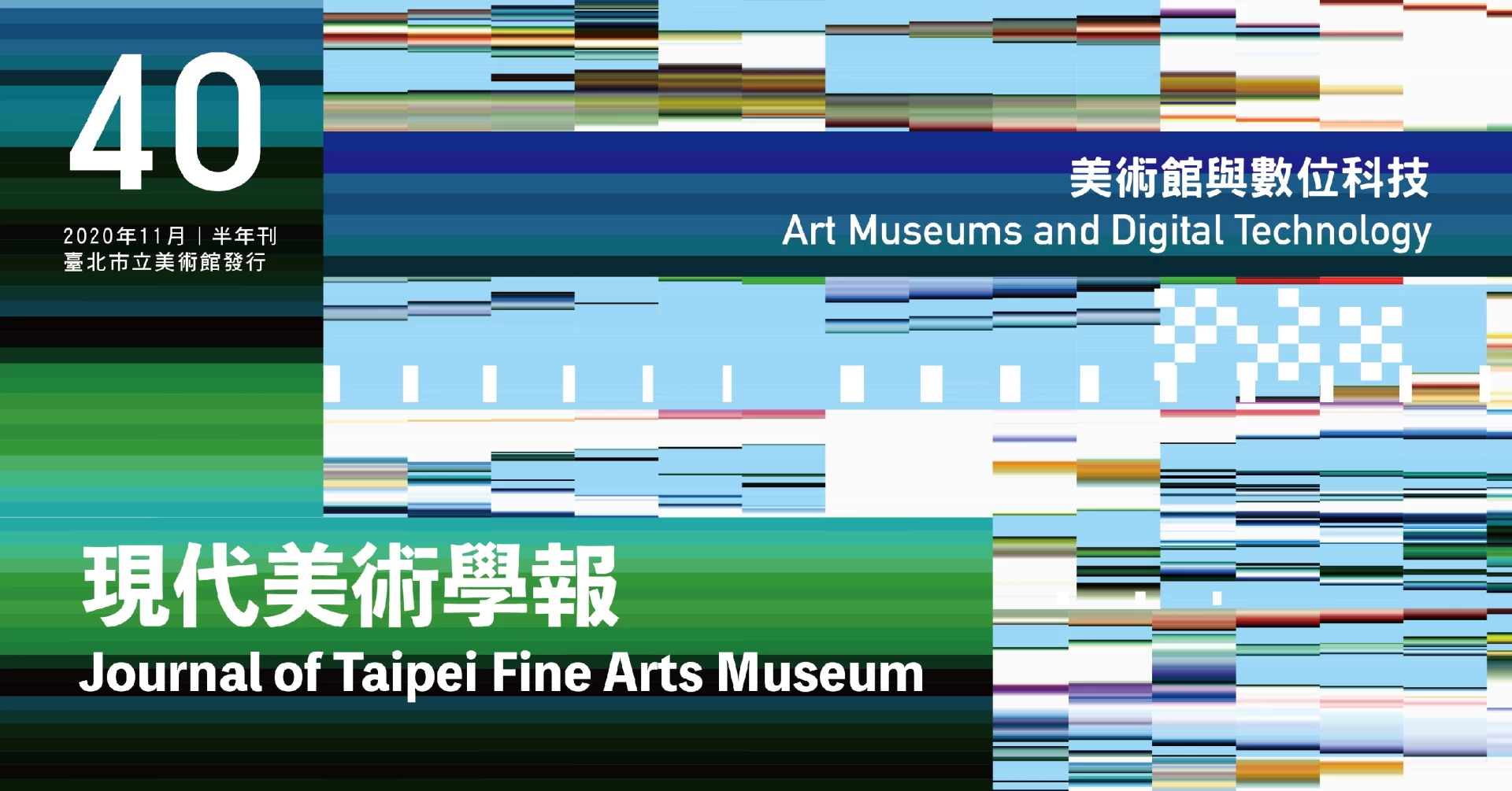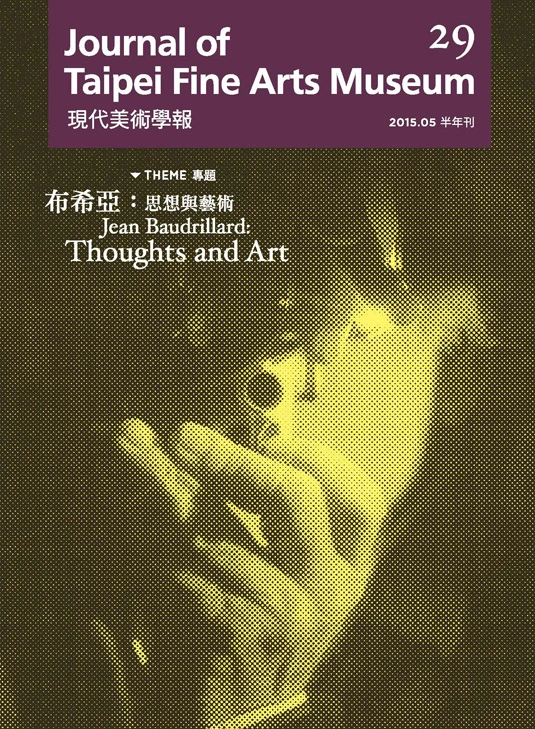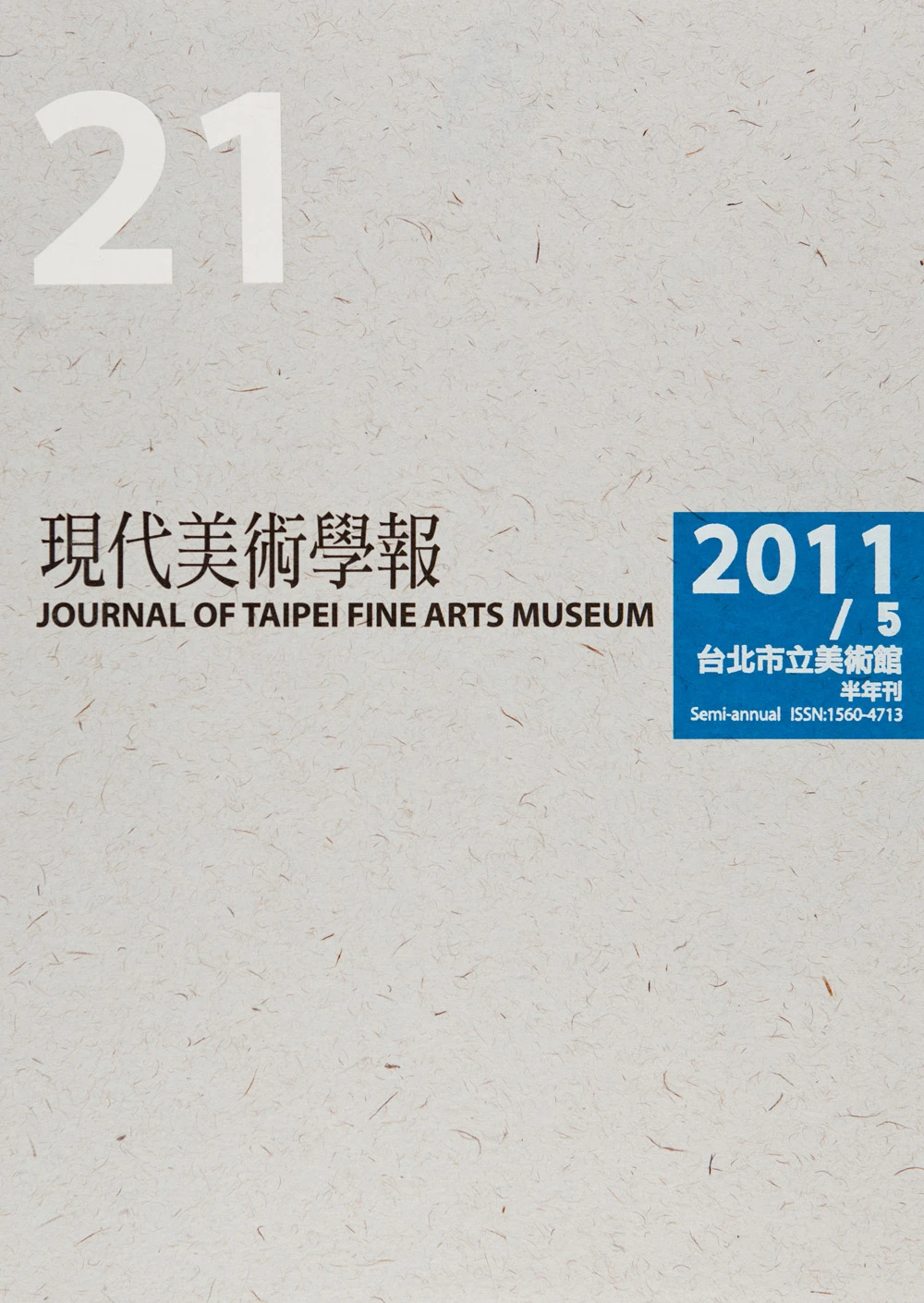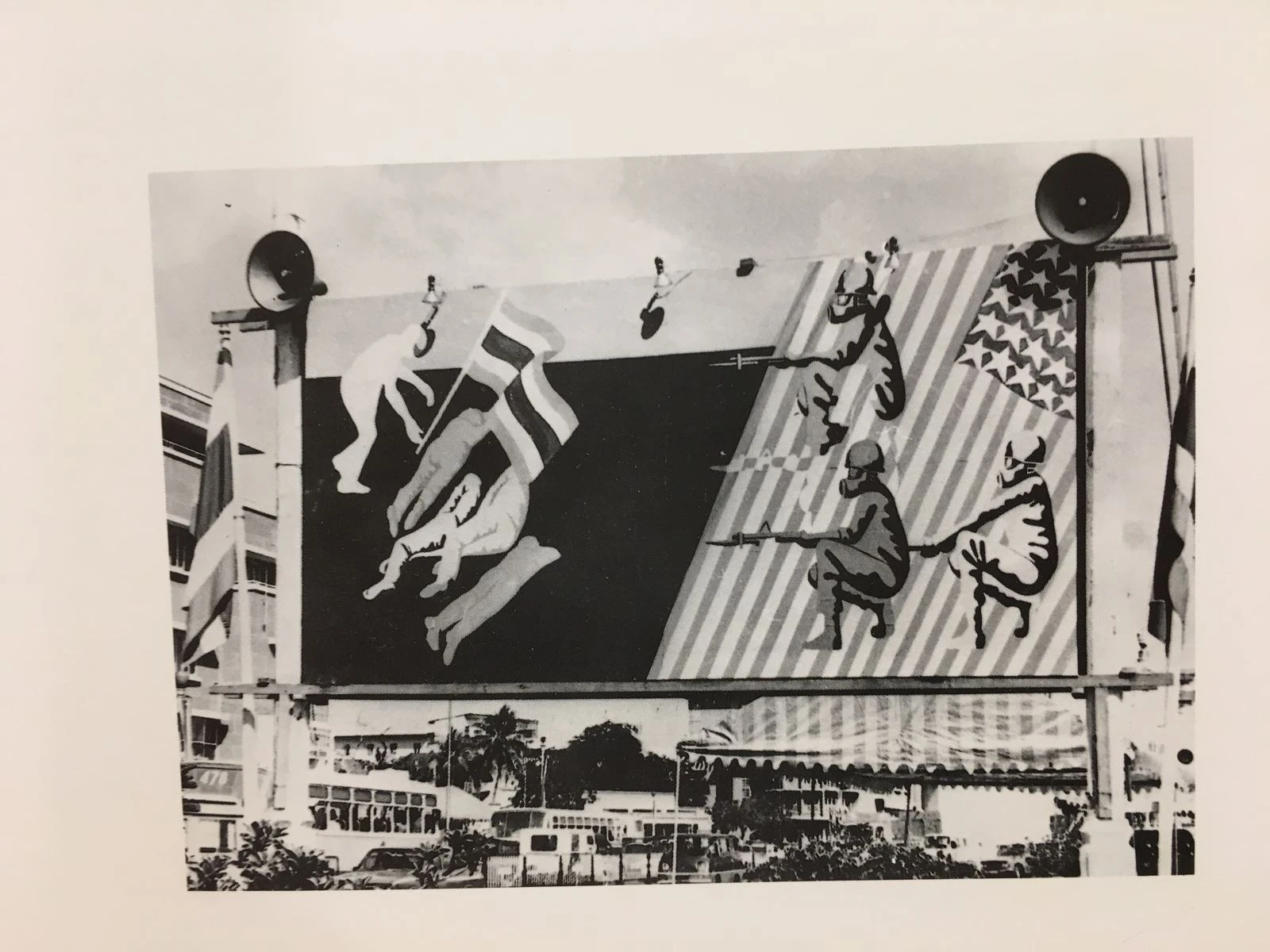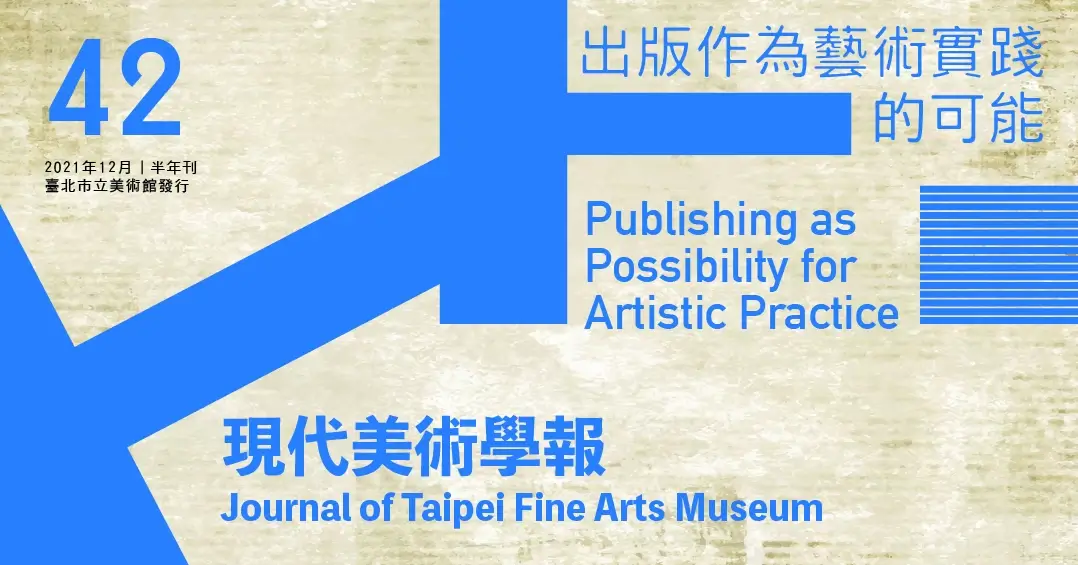摘要
1908年,在日治時期的臺灣,〈臺灣警察官招魂碑〉竣工於臺北劍潭山臺灣神社前。招魂碑的作者——大熊氏廣 (1856-1934) 是個在早期近代日本最重要的雕塑家之一。日本進入明治時代後,所謂「雕塑」和「雕塑家」等近代藝術之新分類,逐漸出現,這些面對新時代的雕塑家亦試圖將新時代的意志呈現於作品中。而他們的雕塑作品往往是街道上矗立的銅像,又或者是紀念國家戰爭及戰爭犧牲者的紀念碑。本文將以〈臺灣警察官招魂碑〉為主題,嘗試復原招魂碑的原貌,以及探討招魂碑建設的過程和背景,並重新思考此類工作成果為何出現於日本最初的海外殖民地——臺灣。
1895年以降,在鎮壓臺灣的戰爭之中,許多日本軍人死於戰場或因病身亡,這些死者均合祀於靖國神社。然而,在臺灣死亡的日本警察官,不被列為國家慰靈的範圍。為彌補這種情況,臺灣總督府警察相關人員自發性地發起了建設慰靈碑的行動。而這個行動又連接到了大熊氏廣所製作的〈臺灣警察官招魂碑〉。作者大熊氏廣亦是於日本內地所設置的〈大村益次郎像〉(1893) 和〈日清戰爭第一軍戰死者紀念碑〉(1903) 的作者。〈臺灣警察官招魂碑〉不僅在近代臺日雕塑史上是一件相當重要的作品,亦可以說,此類新時代的立體造型,與日本的近代化之路有著密切關聯,並從日本國內擴散至其日後獲得的海外殖民地。
關鍵詞
大熊氏廣、招魂碑、紀念碑、近代日本雕塑、臺灣總督府警察官
Abstract
In 1908, during Japanese colonial rule, The Monument for the Police Officers of Taiwan was constructed near the shrine atop Jiantan Mountain. The sculptor, Okuma Ujihiro (1856– 1934), was one of the most important western-style sculptors of early modern Japan. In the Meiji Era, the new categories of "sculpture" and "sculptor" in modern art gradually emerged in Japanese society. The exemplars of these newly developed categories attempted to create new works that embodied the spirit of the modern age, including bronze statues standing in public spaces, or monuments for those who died for their country. Focusing on The Monument for the Police Officers of Taiwan, this paper attempts to analyze its original state and examines the details and background of its construction. Moreover, it explores why such a work emerged in Taiwan, the first overseas colony of Japan.
Even after 1895, battles between Japan and anti-Japanese guerrillas continued in Taiwan. Soldiers who fell in these battles were generally enshrined at the Yasukuni Shrine; however, police officers serving the Governor-General of Taiwan, who likewise perished, were not considered candidates for enshrinement at Yasukuni Shrine. The Monument for the Police Officers of Taiwan was constructed to memorialize such officers who died on duty in Taiwan. Okuma, the sculptor, had experience creating bronze statuary for Omura Masujiro at the Yasukuni Shrine (1893) and The Monument for the Fallen Soldiers of the First Army in the Sino–Japanese War in Nagoya and Hiroshima (1903). This monument in Taiwan is an important example of modern Japanese sculptures overseas, and speaks to how closely such works were linked to Japanese modernization and expansion in East Asia.
Keywords
Okuma Ujihiro, monument, memorial, modern Japanese sculpture, police officers of the Governor-General of Taiwan


